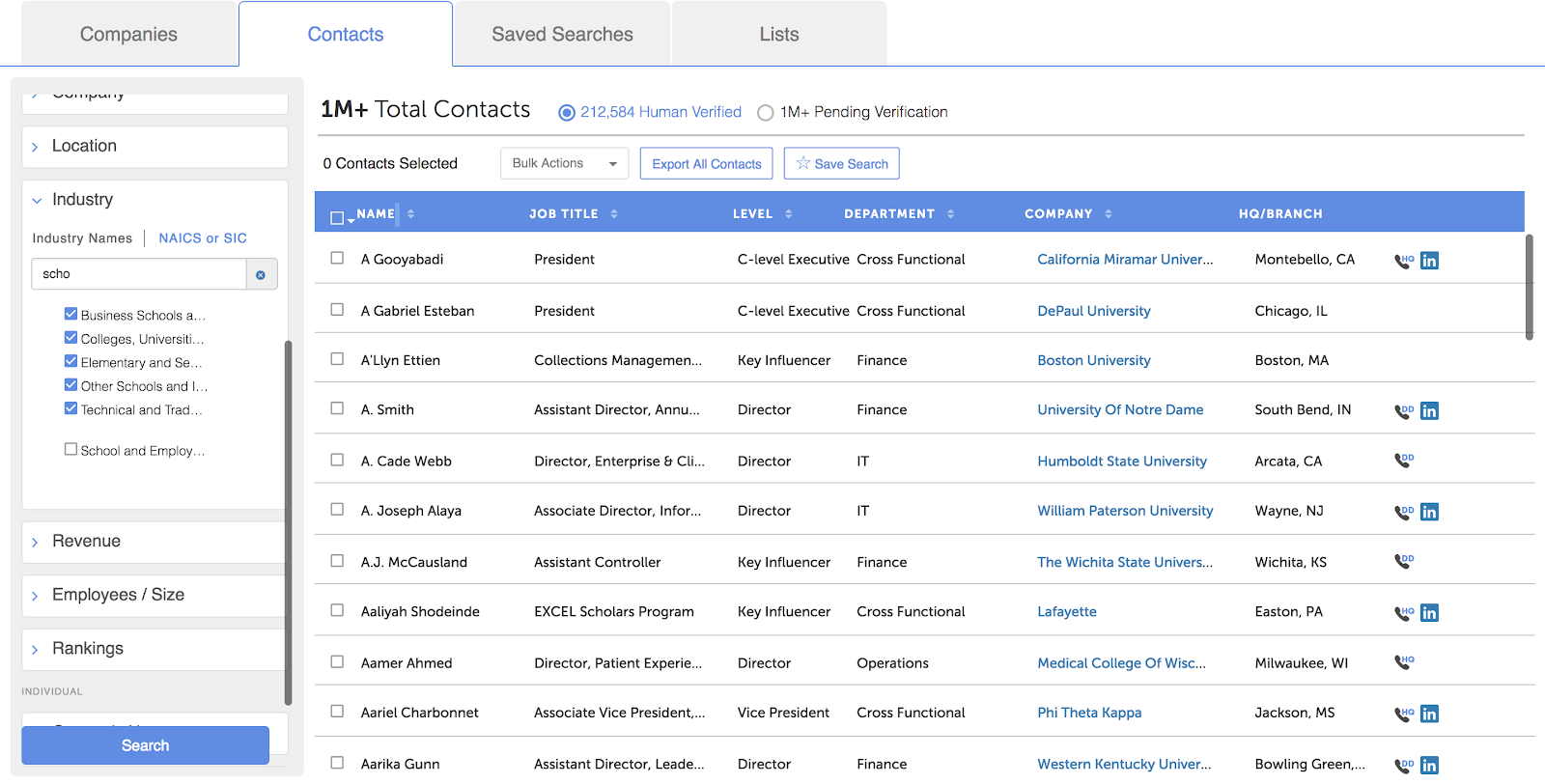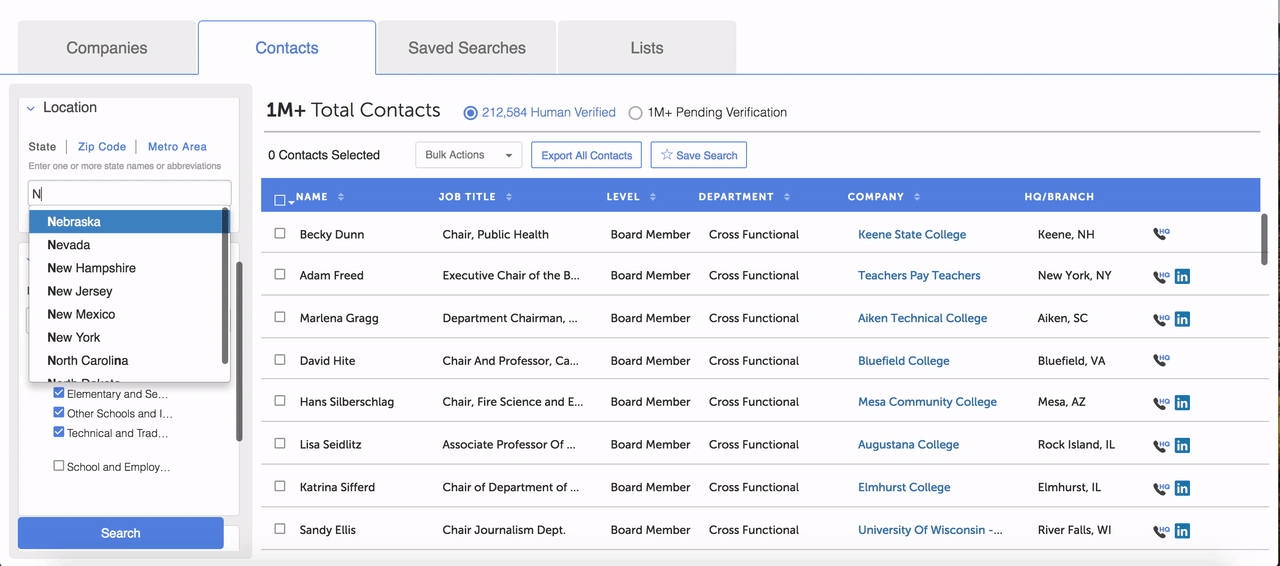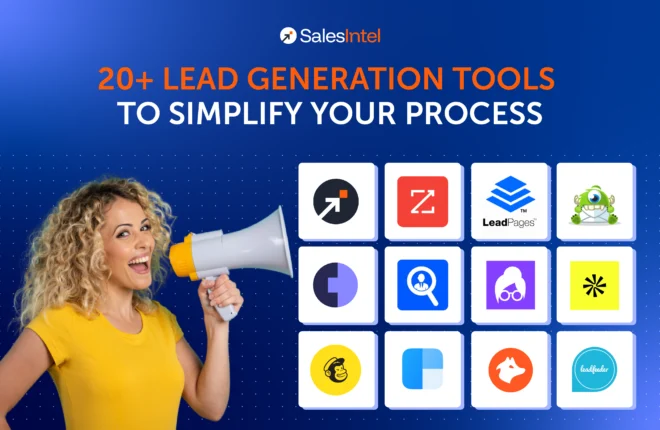There are approximately 140K schools in the United States with tens of billions in annual spending on technology, supplies, amenities, and more, making the education industry one of the largest and most lucrative B2B customers.

The problem is that education institutions have a unique buying framework that takes years for marketers to understand and – by extension – align with their sales and marketing efforts. In turn, the first step to selling to educational institutions is to study their behavior. Here are 5 key characteristics that must be part of your outreach strategy:
Purchasing Seasons
Unlike most companies and institutions which are open all year for new products and services, educational institutions work pretty much on a seasonal basis. They make most purchases during the summer, and then deploy them the next semester.
Highly Referencable
Educational institutions are one of the most referenceable clients due to two key reasons. First, the educational community is closely knit, lending itself nicely to referral opportunities. Second, the user base is generally very large, which creates even more opportunities for referrals and personal references. For example, if 1000 students at a school use your product, you immediately have a reference pool of one thousand students plus others, such as parents and teachers.
Complicated Buying Center
Depending on the value of your product or service, the buying center at educational institutions can vary significantly. Low-value purchases may be decided by a single person like the Principal while high-value purchases are generally forwarded to committees comprising numerous members at varying levels.
Cost-Conscious
Except for private and well-funded public schools, most educational institutions work on a tight budget. They occasionally get funding for upgrades. But beyond that, you’ll generally find them penny-pinching.
Experimental
This is an extension to the previous point. Because they work on a tight budget, educational institutions are more open towards experimenting with new solutions to save costs. They are easier to sign up for demos and are generally brand-agnostic. This generally gives startups an edge when competing against more established brands.
Your Winning Strategy For Selling to Education Institutions
You can use each of the above characteristics to your advantage by formulating a selling strategy that delivers a much higher conversion rate. Here is a 5-step strategy you can use:
Start Early
One of the secrets of top marketers is that they don’t wait for the buying season. Start prospecting your clients and navigating the buying center one or two months in advance to ensure that when they do finally start shortlisting vendors, you are already on the top of their list (or that they are at least are well aware of your product/service).
Starting early is especially important if they employ an RFP process for selecting vendors or solutions. By starting early, you can often influence the drafting of the RFP requirements to give preference to your solution.
Find the Right People
To start early, you need to find the right institutions and the decision-makers at them. This can be a daunting task given the sheer scale and complexity involved.
The best way to operate at scale is to partner with a data provider who can supply all the information at the outset, allowing you to focus on selling. SalesIntel has the largest and most comprehensive database of higher education decision-makers, offering a wealth of contact data and buying intelligence on the education sector.
Read About – Best Zoominfo Alternative
Offer Subscriptions
Given the tight budget educational institutions have to work with, they are generally reluctant to make big-ticket purchases. You can neutralize this challenge by offering subscriptions that align with their annual grants to take some pressure off.
Specific Content
One of the perils of selling to the education sector is that they are so used to content that they see right through all the jargon and buzzwords that marketers typically use. So instead of wasting time and energy on building impressive content, get right to the point. Also, target each person in the buying center with content relevant to their needs and pain points. For example, you want the Principal to know how your product would improve their bottom line while operational details should be left to the actual end-users.
Emphasis on Value
Education institutions rarely have an effective way to measure ROI. Thus, they mostly focus on the value any particular purchase brings to their institution. Be it a new learning technology for students or software to organize/automate administrative tasks, they are most likely to purchase if they “feel” it would bring some value. Bank on this feeling through any success stories or use cases to make a strong case for your product.
This is also were offering a free trial or working with the institution on a paid pilot or proof of concept deployment can give you an advantage. This strategy recognizes the value education institutions place on value and their willingness to experiment while recognizing that due to their size and complexity that deployments represent a significant investment in time and resources so being able to test out a platform before making the plunge can make or break a deal.
Closing Remarks
More often than not, selling to education institutions is a high-volume low-margin segment, at least by B2B standards. To navigate and succeed in such a crowded space requires reliable intelligence and accurate data. Try SalesIntel today to boost your sales growth and stay ahead of the competition.






